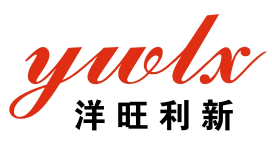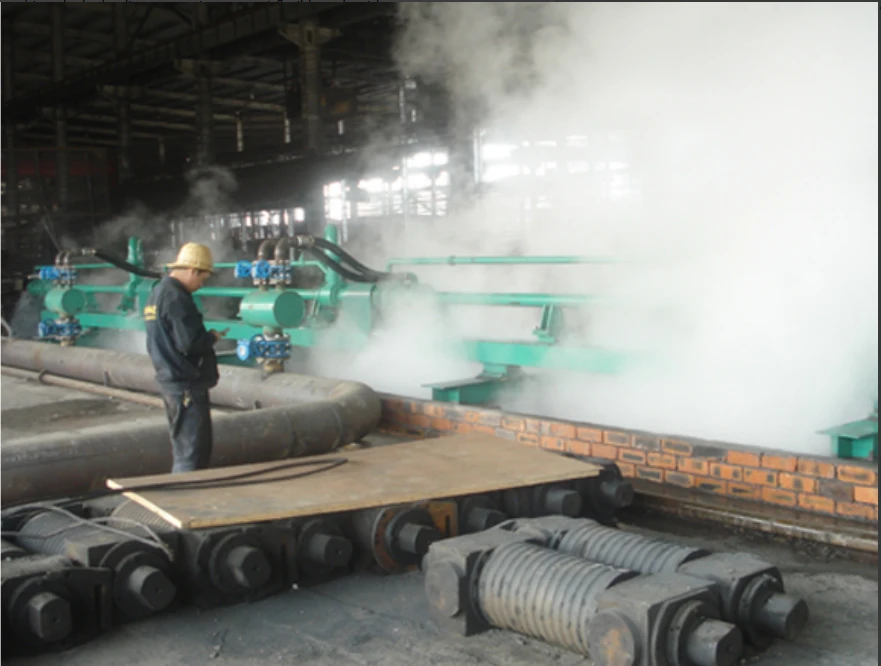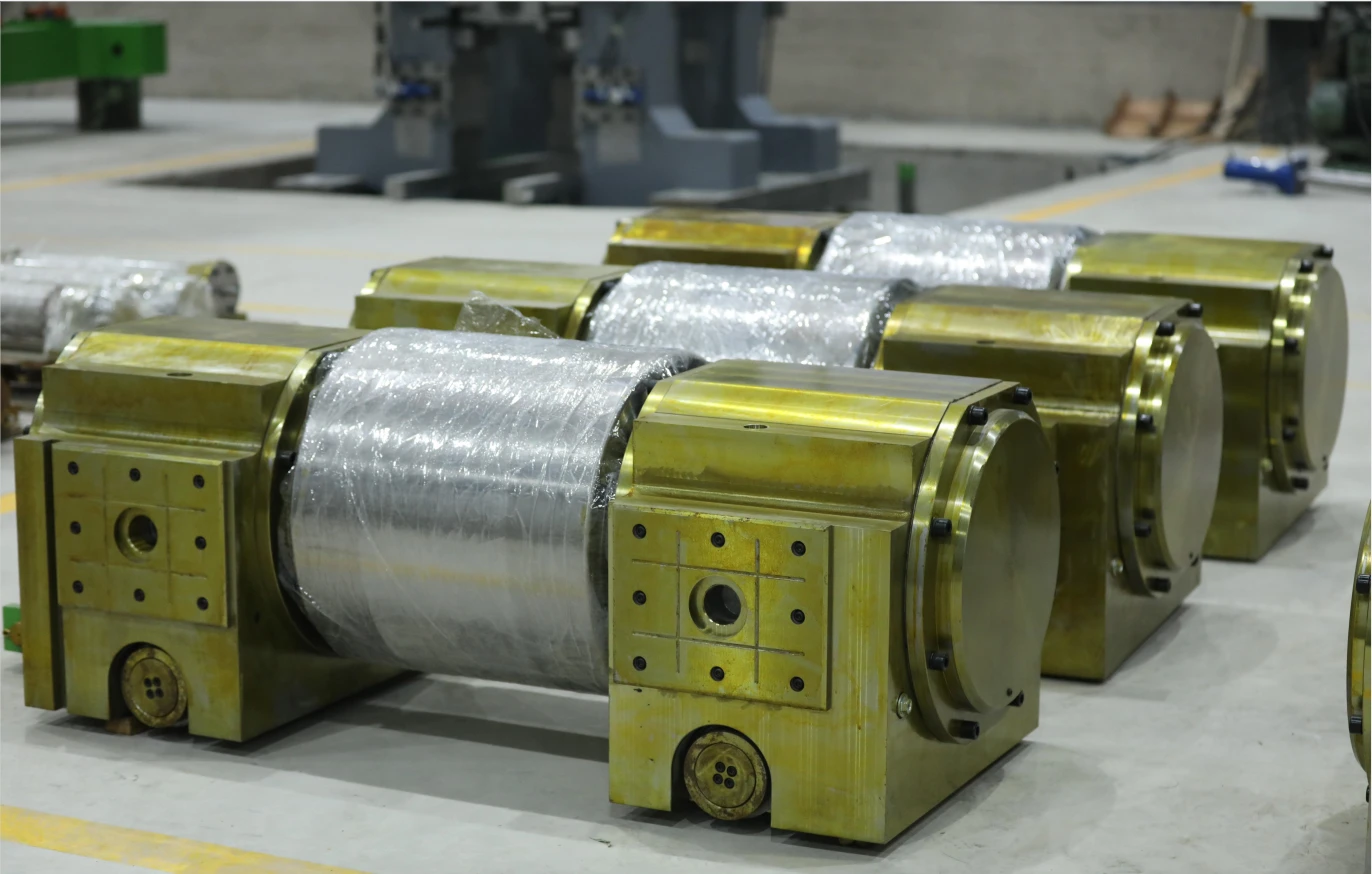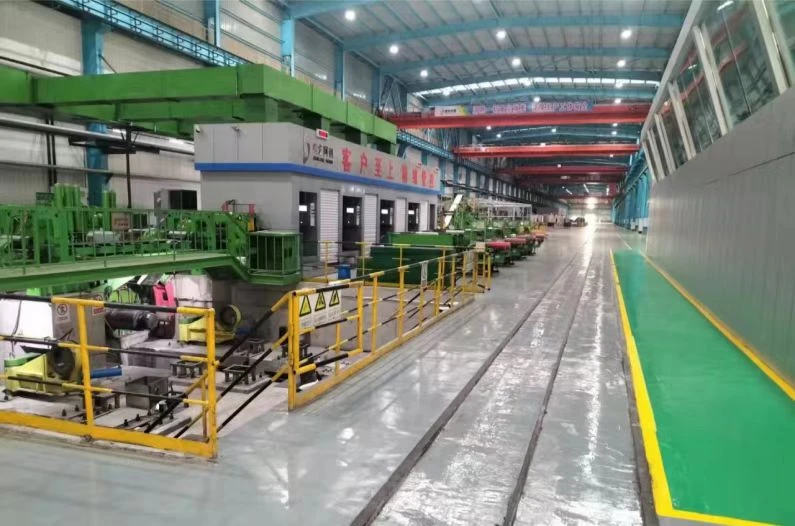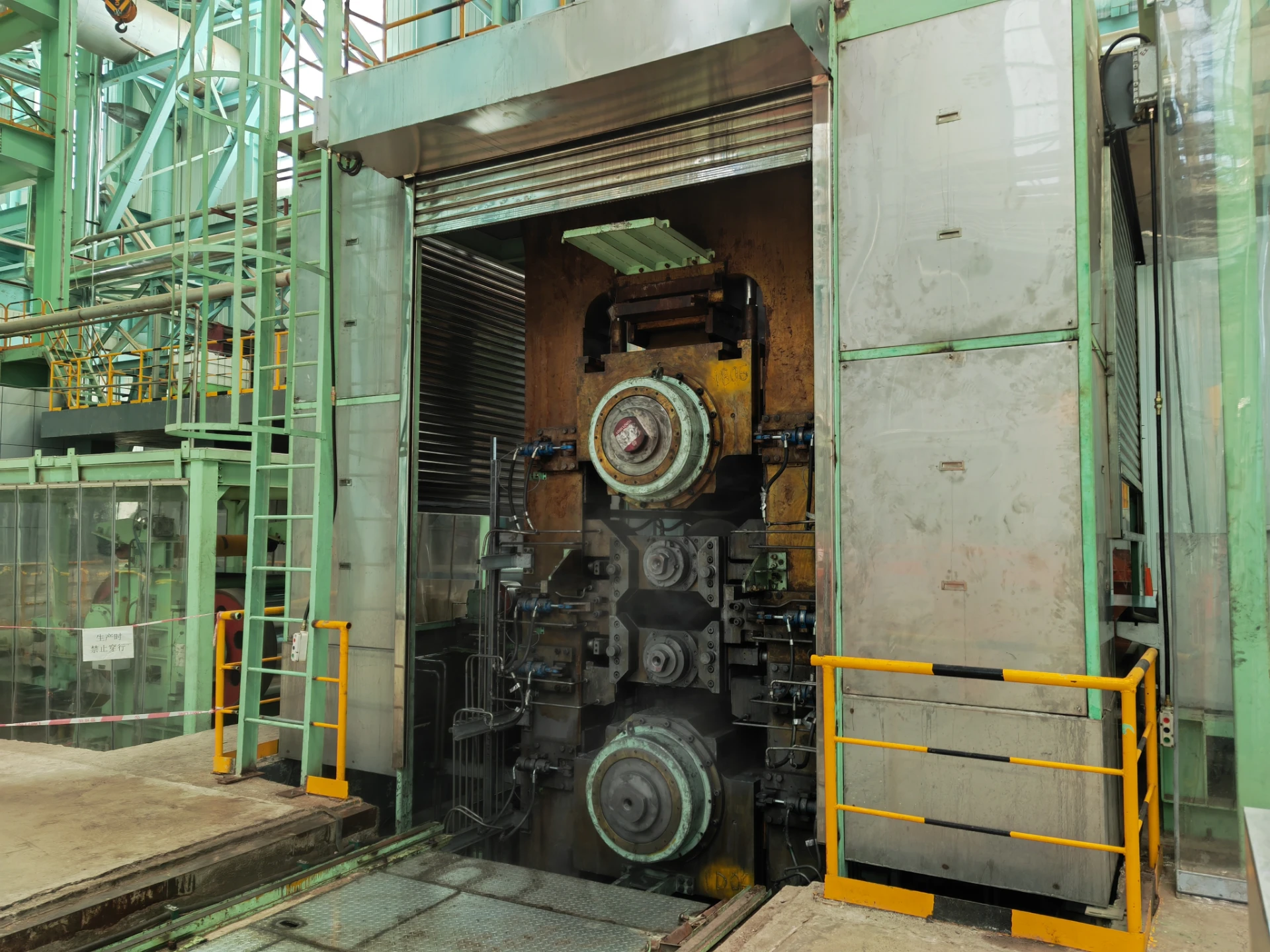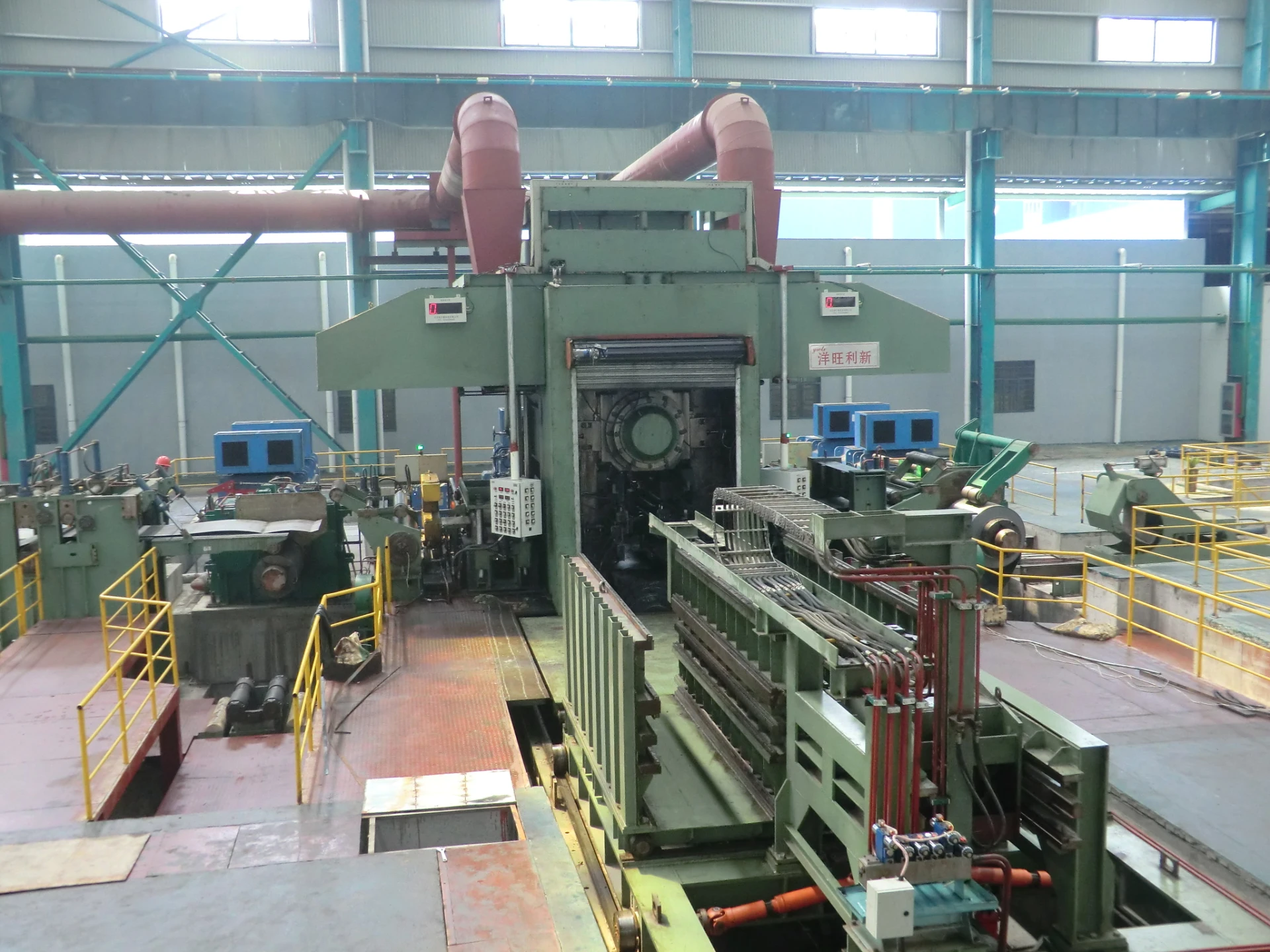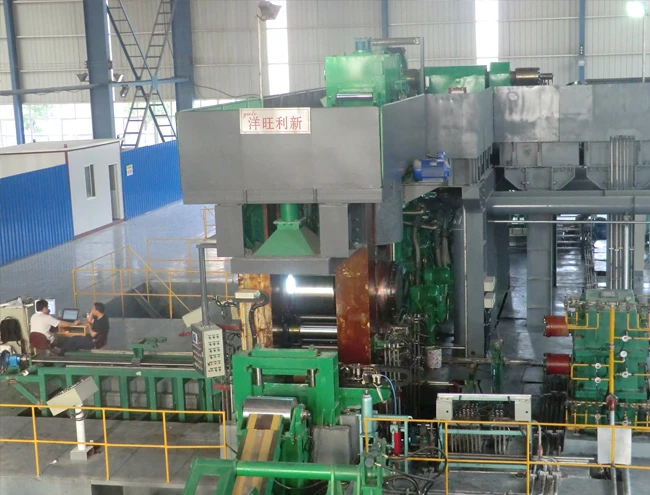
High-Performance Temper Rolling Mill for Precision Steel Processing
Temper rolling mill technology is pivotal in the steel processing sector and crucial for producing high-quality flat-rolled steel with enhanced mechanical properties and superior surface finish. This article comprehensively dissects the temper rolling mill, examining its core process, technological evolution, applied industries, and real-world cases. Alongside, we present up-to-date technical data, product specifications, and industry benchmarks, ensuring an authoritative guide for buyers and engineers.
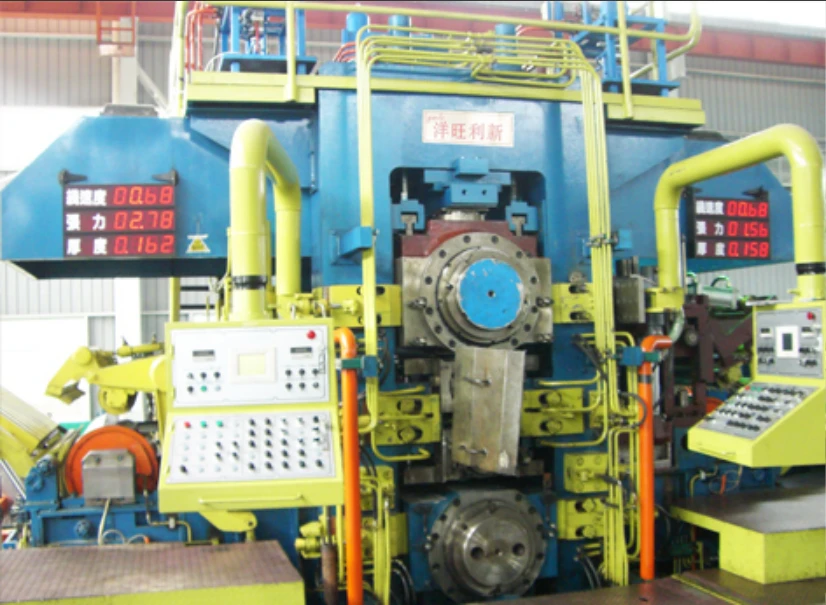
The global temper rolling mill market has observed steady growth over the past decade, driven by increasing demand for high-strength steel in automotive, construction, petrochemical, and packaging applications. According to Statista, global crude steel production exceeded 1.95 billion metric tons in 2023. Over 27% of this output underwent temper pass processing for value-added properties.
Emerging Trends:
- Shift towards high strength, ultra-thin steels for automotive lightweighting.
- Adoption of automation and AI-driven quality monitoring in temper mill steel lines.
- Eco-friendly mills: Energy-saving drives and closed-loop cooling to reduce CO2 emissions by 8-12% (2022 IISI report).
- Customization—modular temper pass mill systems to support different product needs and flexibility for small & large batches.
A temper rolling mill, also called a temper pass mill, is a type of finishing mill used after cold rolling to improve steel sheet quality. It applies a small, generally 0.5–2.5%, elongation to the strip, thereby enhancing yield strength, reducing yield point elongation, and improving flatness and surface properties.
- Computerized thickness gauge (±0.4% accuracy per ISO 16162:2012).
- Automatic oiling/cleaning system for corrosion resistance.
- Visual and eddy-current surface flaw detector (ASTM E2436-17 compliant).
| Mill Type | Strip Thickness (mm) | Max Strip Width (mm) | Rolling Force (MN) | Elongation (%) | Surface Finish (Ra, µm) | Line Speed (m/min) | Typical Application |
|---|---|---|---|---|---|---|---|
| Temper Rolling Mill | 0.18–3.5 | 800–2100 | 2.5–6.0 | 0.6–2.5 | 0.20–0.45 | 180–850 | Automotive, White Goods, Petrochem |
| Temper Pass Mill | 0.25–4.8 | 600–1820 | 2.0–4.8 | 0.5–2.2 | 0.22–0.50 | 120–680 | Construction, Tube, Can, Appliances |
| Conventional Cold Mill | 0.22–2.6 | 600–1650 | 1.5–5.0 | 0.0–0.7 | 0.30–0.65 | 250–1000 | General Sheet, Pipe |
- ISO 9001:2015 (Quality Management System)
- ANSI/ASTM A568/A568M (Steel, Sheet, Carbon, and High-Strength)
- CE Machinery Directive compliance for European projects
Temper rolling mill lines deliver critical improvement in flatness, uniformity, and skin pass properties for:
- Automotive body panels (anti-stretcher strains, flawless painting)
- Pipe & tube fabrication (enhanced formability, weldability)
- Household appliances (decorative, uniform reflection surfaces)
- Petrochemical tanks & drums (corrosion-resistant galvanizing steels)
- Packaging & cans (shape memory, anti-buckle, micro finish)
- Higher tolerance accuracy (±0.006mm after pass)
- Shorter setup/changeover time (17 mins vs 30+ mins of legacy mills)
- Fully automated coil tracking and error-proofing
- Roll crown and flatness control assures lowest rejection rates (<0.3%)
| Manufacturer | Origin | Custom Design | ISO/FDA/CE Compliance | After-sales Support | Annual Output | OEM/ODM | Major Application |
|---|---|---|---|---|---|---|---|
| YWLX Temper Mill | China | Yes (Module/Spec/Automation) | ISO, CE | 24/7, Global, Online+Onsite | 30 units | Yes | Auto/Tube/White Appliances |
| SMS Group | Germany | Yes | ISO, CE | 24/5, Europe/NA | 25 units | Yes | Automotive, Can |
| Danieli | Italy | Yes | ISO, CE | Europe/Asia | 15 units | Yes | General Steel |
| Primetals | AT/JP/UK | Custom Modules | ISO, CE | Global | 18 units | Yes | Tube, Auto |
- Software: Dedicated HMI & SCADA (custom workflows supported)
- Integration: Seamless with upstream & downstream coil lines
Warranty: 18 months full warranty, lifetime technology service upgrade, with 24-hour online monitoring and troubleshooting.
Patterned/embossed finishes are also achievable for decorative or slip-proof requirements.
Partnering with YWLX Temper Rolling Mill guarantees:
- 24/7 remote expert support and rapid on-site service (global)
- Annual calibration and operator training (on client premises)
- Real-time process monitoring via secure web portal/App
- Original parts guarantee and digital twin technology for troubleshooting
- Customers: BAOSTEEL, POSCO, Hyundai, Tata Steel, Aramco
- Industry certificates: ISO 9001:2015, SGS calibration, CE machinery directive
Temper rolling mill systems are essential in maximizing flat rolled steel’s performance for automotive, pipeline, appliance, and packaging industries. The advancement in process control, metallurgy, and equipment reliability enables reliable, high-output, and eco-efficient finishing solutions. Industry leading manufacturers like YWLX, SMS, and Danieli provide highly customized services, robust after-sales networks, and the ability to comply with stringent global standards.
— MetalForming Journal Forum (2023), Sheet-Metal.info
[1] Statista: Global crude steel production statistics
[2] ASM International: Metals Handbook — Steel Finishing & Skin Pass
[3] Sheet Metal Magazine: thefabricator.com
[4] IISI: worldsteel.org
[5] MetalForming Journal Forum: https://www.sheet-metal.info/forum/
-
YWLX’s 1450mm Six-Hi Reversing Mill Goes Live in BangladeshNewsNov.24,2025
-
Adjusting Roll Gap in 6Hi Reversing Cold Rolling Mill for Thin StripNewsNov.13,2025
-
Quality Control Standards for Automatic Gauge Control in Strip RollingNewsNov.13,2025
-
Effect of Skin Pass Rolling on Metal DuctilityNewsNov.13,2025
-
Key Components of a Modern TempermillNewsNov.13,2025
-
Common Wear Patterns of Work Roll in Tandem Cold Mill OperationsNewsNov.13,2025
-
Revolutionary Skin Pass Rolling Technology for Enhanced Steel QualityNewsNov.04,2025


